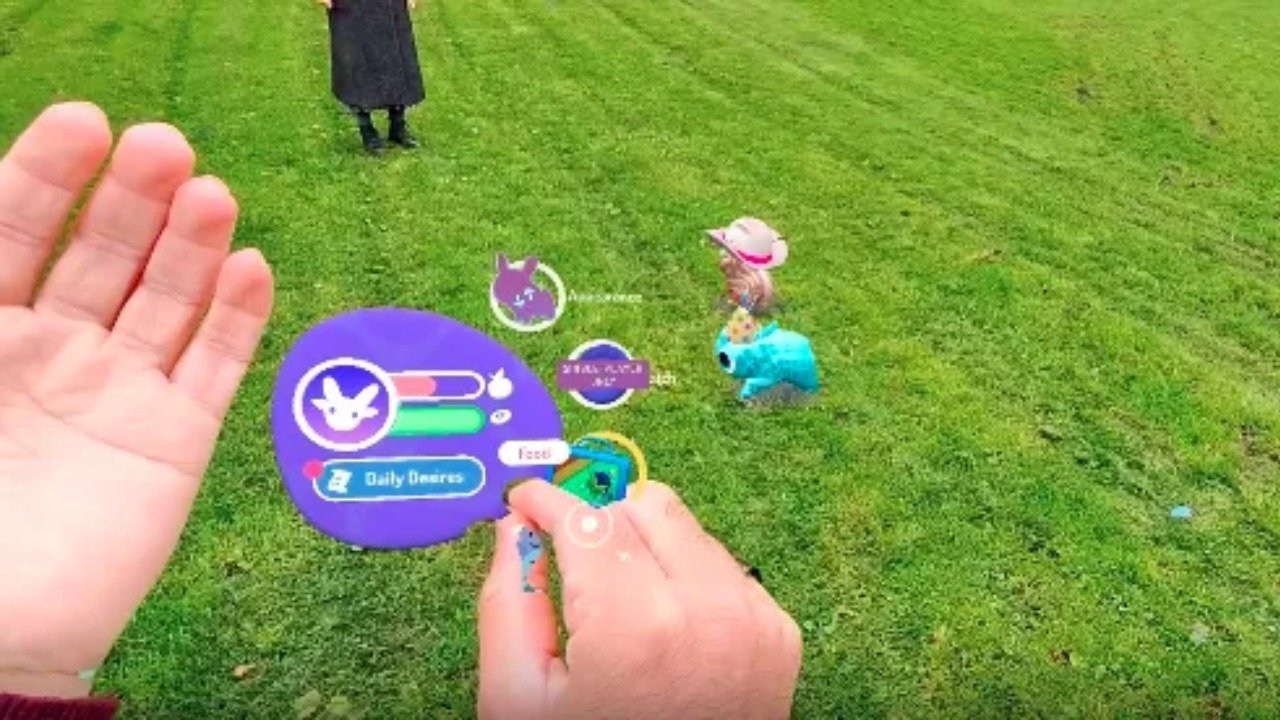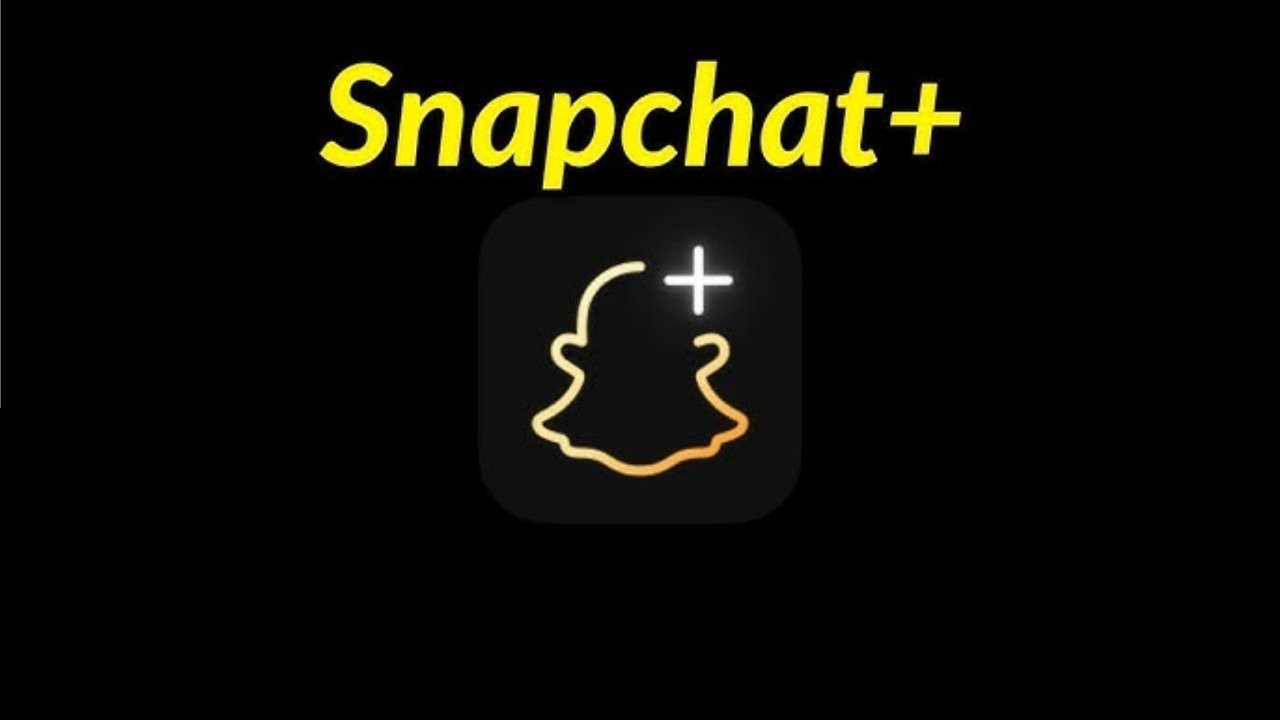
Snapchat Reveals: Happy Users Engage More with Ads, Study Finds
What if the secret to successful digital advertising wasn’t just the ad itself—but the mood your audience is in?
A recent Snapchat study on user emotions has brought forward a fascinating insight: happier users are more likely to engage with ads. The study, conducted in collaboration with Neuroscience researchers and marketing experts, shows a direct correlation between positive emotional states and advertising engagement metrics like click-throughs, brand recall, and purchase intent.
This discovery has huge implications for brands, advertisers, and digital strategists looking to refine their approach on platforms like Snapchat, Instagram, and TikTok.
What Was the Snapchat Study About?
Snapchat partnered with MindProber and other leading researchers to examine how users’ emotions affect their interaction with ads on the platform. The study tracked biometric signals, heart rate, facial expressions, and real-time responses from Snapchat users across different ad formats.
Key takeaway? Positive emotions—especially happiness—increase attention spans and improve ad effectiveness. Users in a happy state were:
- 1.4x more likely to watch an ad till the end
- 2x more likely to remember the brand
- 1.6x more likely to take action (like swiping up or making a purchase)
Key Findings from the Study
Here are some powerful takeaways:
- Happiness Drives Engagement Ads shown to users in a positive mood saw significantly higher completion and interaction rates, especially in immersive formats like AR filters or story ads.
- Emotionally Aligned Ads Perform Better Ads that matched the emotional tone of surrounding content—like humorous lenses after funny Snaps—performed up to 30% better in both recall and click-through rate.
- Brand Perception Improves in Positive Moments Users who encountered ads while feeling happy were more likely to rate the brand as authentic, relatable, and cool—an especially important factor for Gen Z audiences.
Why Does Happiness Affect Ad Engagement?
Happiness activates the dopamine center of the brain, which improves attention, memory formation, and openness to new experiences—all crucial for digital ad effectiveness.
When users are in a positive emotional state, their cognitive resistance to advertising drops, making them more likely to absorb messages, remember brands, and act on calls to action.
What This Means for Marketers & Brands
Snapchat’s findings offer actionable insights for digital marketing teams across industries. Here’s how to apply them:
1. Advertise in the Right Moments
Tap into Snapchat’s ad tools like Snap Lifestyle Categories or Context Cards to place your ads in joyful moments—such as birthdays, celebrations, or fun AR games.
Tip:
Schedule your ads around mood-driven content—weekend stories, party recaps, or festive Snap lenses.
2. Use Emotionally Positive Ad Creative
Your ad content should reflect joy, humor, fun, or even nostalgia to spark emotional resonance. Bright colors, upbeat music, smiling faces, and relatable humor go a long way.
Example:
Snapchat ads with friends enjoying a product together outperformed solo product shots by over 20% in tests.
3. Invest in Augmented Reality (AR) Filters
Snapchat’s AR lenses and filters are widely used during moments of joy and entertainment. Integrating your brand into these playful formats lets you ride the emotional wave of happiness.
Stat:
Over 250 million Snapchat users interact with AR every day—often during fun, relaxed times.
4. Track Emotional Metrics, Not Just CTRs
In addition to conversion metrics, use A/B testing and brand lift studies to assess emotional response to creative. Brands that measure emotions along with engagement see more long-term loyalty.
Snapchat vs Other Platforms: The Mood Advantage
Snapchat has always positioned itself as a platform for close friends, private moments, and fun storytelling—which naturally triggers more positive emotional states compared to platforms with heavy news or political content.
This makes Snapchat a prime advertising ground for lifestyle, beauty, travel, and entertainment brands looking to tap into positive user energy.
A Feedback Loop: Happy Ads → Happy Users → Better Results
An interesting twist from the study: ads that elicit joy reinforce user happiness, creating a feedback loop. This means that when you place joyful content in already-positive environments, it magnifies the overall brand effect.
Brands That Benefited from This Approach:
- Disney+ used cheerful, animated Reels during the holidays.
- Nike integrated joyful workout challenges with motivational music.
- Starbucks placed short ads with friends catching up over coffee, which led to a 45% increase in swipe-ups.
How to Build a “Happy-First” Ad Strategy on Snapchat
Here’s a practical step-by-step process to start leveraging this insight:
- Audit Your Creative – Is your ad tone friendly, fun, inspiring?
- Match Mood with Placement – Avoid placing joyful ads after serious or heavy content.
- Use Audience Targeting – Snapchat lets you target by behavior and mood-related activity.
- Time It Right – Morning coffee breaks, weekend evenings, holidays—all peak mood times.
- Include Smiling Faces, Friends, and Uplifting Music – These triggers directly correlate with higher ad performance.
Final Thoughts: Emotions Are the New Ad Metric
This Snapchat study is a reminder that successful marketing is no longer just data-driven—it’s emotion-driven.
Understanding your audience’s emotional state isn’t just nice-to-know—it’s critical for building campaigns that resonate, convert, and inspire loyalty.
So the next time you’re building an ad strategy, don’t just ask: What are we selling? Ask:
“How will it make people feel?”
Because in a world full of ads, the happy ones are the ones that get remembered.






